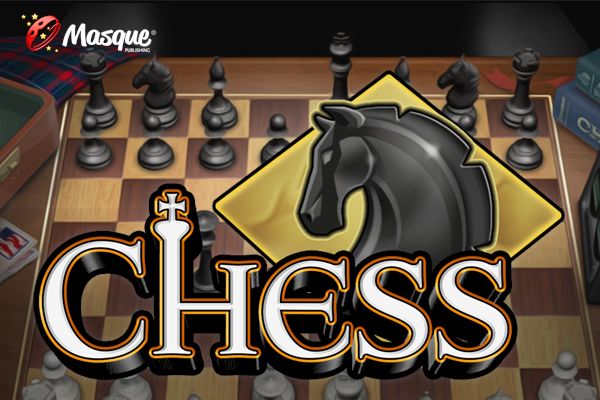Search results
Oct 22, 2019 · Tyrannosaurus rex is by far the most popular dinosaur, having spawned a huge number of books, movies, TV shows, and video games. What's truly amazing, though, is how much what was once assumed as fact about this carnivore has later been called into question and how much is still being discovered.
May 16, 2024 · Tyrannosaurus rex is the best-known and largest member of a group of theropod dinosaurs called tyrannosaurs; its scientific name is Latin for “king of the tyrant lizards.” Since 1902 paleontologists have recognized the T. rex as the only formal member of the genus Tyrannosaurus.
The 4-foot-long jaw. The 6-inch-long teeth. The tiny arms. Almost everything about Tyrannosaurus rex indicates the enormous power of one of the largest theropod dinosaurs that ever existed. The first skeleton of Tyrannosaurus rex was discovered in 1902 in Hell Creek, Montana, by the Museum's famous fossil hunter Barnum Brown.
Tyrannosaur, any of a group of dinosaurs that lived from the late Jurassic Period to the late Cretaceous Period. Most were large predators, with very large skulls approaching or well exceeding a full meter (more than three feet) in length. The best-known and largest member of the group is Tyrannosaurus rex, or T. rex.
Tyrannosaurus rex. Discover why this ancient predator is known as the king of the dinosaurs. By Elizabeth Hilfrank. A 40-foot-long predator stomps through a forested valley in what’s now...
May 14, 2024 · The Tyrannosaurus rex, often simply referred to as T. rex or T-Rex, is a symbol of power and dominance in the world of dinosaurs. Its name, derived from the Greek words for ‘tyrant’ and ‘lizard’, and the Latin word for ‘king’, perfectly encapsulates the awe-inspiring presence of this prehistoric creature. Table of Contents.
Tyrannosaurus rex, T. rex | Natural History Museum. tie-RAN-oh-sore-us. 'tyrant lizard' Type of dinosaur: large theropod. Length: 12.0m. Weight: 7000kg. Diet: carnivorous. Teeth: 60 saw-edged, bone-crushing, pointed teeth. Food: other animals. How it moved: on 2 legs. When it lived: Late Cretaceous, 68-66 million years ago. Found in: Canada , USA.



